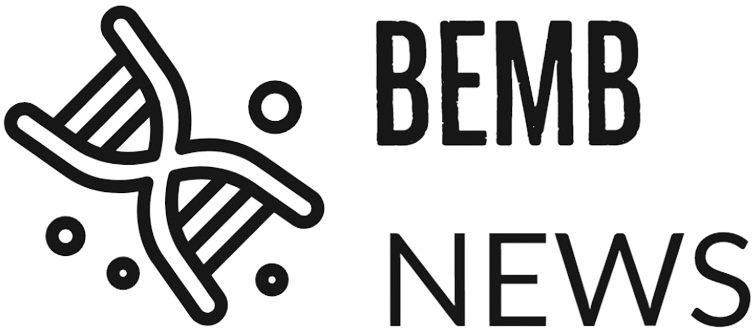Gerontology, the multidisciplinary study of the aging process and the issues faced by older adults, has seen remarkable advancements in recent years. As our global population increasingly ages, these developments become vital in shaping our understanding of old age and the influence it exerts on society. This article delves into the key emerging trends in gerontology and their far-reaching implications.
Technology: A New Frontier in Gerontology
Gerontechnology, an intersection of gerontology and technology, is an emerging trend that promises to revolutionize elder care. This involves integrating tech solutions into the lives of older adults to enhance independence, improve quality of life, and support health.
A fascinating example in this area is the Healthyline and Ereada amethyst mat comparison—a comparative analysis of different therapeutic mats embedded with amethyst crystals, purported to provide various wellness benefits. While the mats do not claim to cure or treat any medical conditions, they provide a touchpoint on how alternative solutions are becoming part of the aging conversation.
Evolution of Senior Housing
With the increase in life expectancy and the demand for age-friendly living environments, senior housing options are evolving.
- Traditional nursing homes: These have been the go-to option for older adults needing assistance with daily tasks.
- Assisted living communities: These offer a more home-like environment, providing necessary help while promoting independence.
- Co-housing: An emerging trend where older adults live in a communal setting, sharing resources and responsibilities.
The move towards more flexible, social, and autonomy-promoting housing solutions underscores society’s shift in perspective towards aging, viewing it as an opportunity for community and growth, rather than a decline.
The Impact of an Aging Population on the Economy
An aging population poses economic challenges, such as increased healthcare costs and the need for pension reform. However, it also presents opportunities. ‘The Silver Economy’ refers to the market potential of older adults, who hold considerable purchasing power. Businesses are increasingly recognizing this potential, offering products and services tailored to the needs and preferences of this demographic.
Changing Perceptions of Aging
The discourse around aging is evolving. The narrative is shifting from one of decline and loss to a more balanced perspective that acknowledges the challenges but also celebrates the opportunities and wisdom that come with age. This reflects in various sectors:
- Media and advertising are showcasing more older adults, presenting a more positive and realistic image of aging.
- Education institutions are offering lifelong learning opportunities, challenging the notion that education is solely for the young.
- Employers are recognizing the value of experience, encouraging diversity in age in the workplace.
This shift in perception not only influences how society interacts with older adults but also how they view themselves, fostering a more inclusive and age-friendly society.
Lifelong Learning: The New Normal in Aging
In the past, retirement was seen as the end of active engagement in learning and professional pursuits. However, the trend of lifelong learning is fast changing this traditional view. Older adults are going back to school, learning new skills, and even starting new careers. This is facilitated by online learning platforms that provide flexible and diverse learning opportunities. These changes highlight a shift in societal attitudes, moving away from viewing aging as a period of stagnation to a time ripe with potential for growth and discovery.
Advances in Geriatric Healthcare
The healthcare industry is responding to the needs of an aging population by shifting its focus towards personalized and preventive care. Geriatric healthcare is undergoing significant advancements, with more research being dedicated to understanding the unique needs of older adults. A major trend in this realm is the emphasis on holistic wellbeing, focusing not just on physical health, but also considering mental, emotional, and social aspects. This shift signals a more comprehensive approach to elderly care, recognizing that a healthy aging process encompasses all aspects of an individual’s wellbeing.
To summarize
The field of gerontology is continually evolving, influenced by technological advancements, demographic shifts, economic factors, and changing perceptions of aging. The rise of gerontechnology, evolution in senior housing, understanding the economic implications of an aging population, and changing perceptions of aging are key trends shaping the landscape of modern aging.
As we gain more insight into these developments, it becomes clear that the way we age is undergoing a significant transformation. Society’s role is to acknowledge these changes, adapt to them, and foster an environment that celebrates aging as a natural and enriching phase of life. Understanding and embracing these emerging trends in gerontology is a crucial step towards achieving this.

